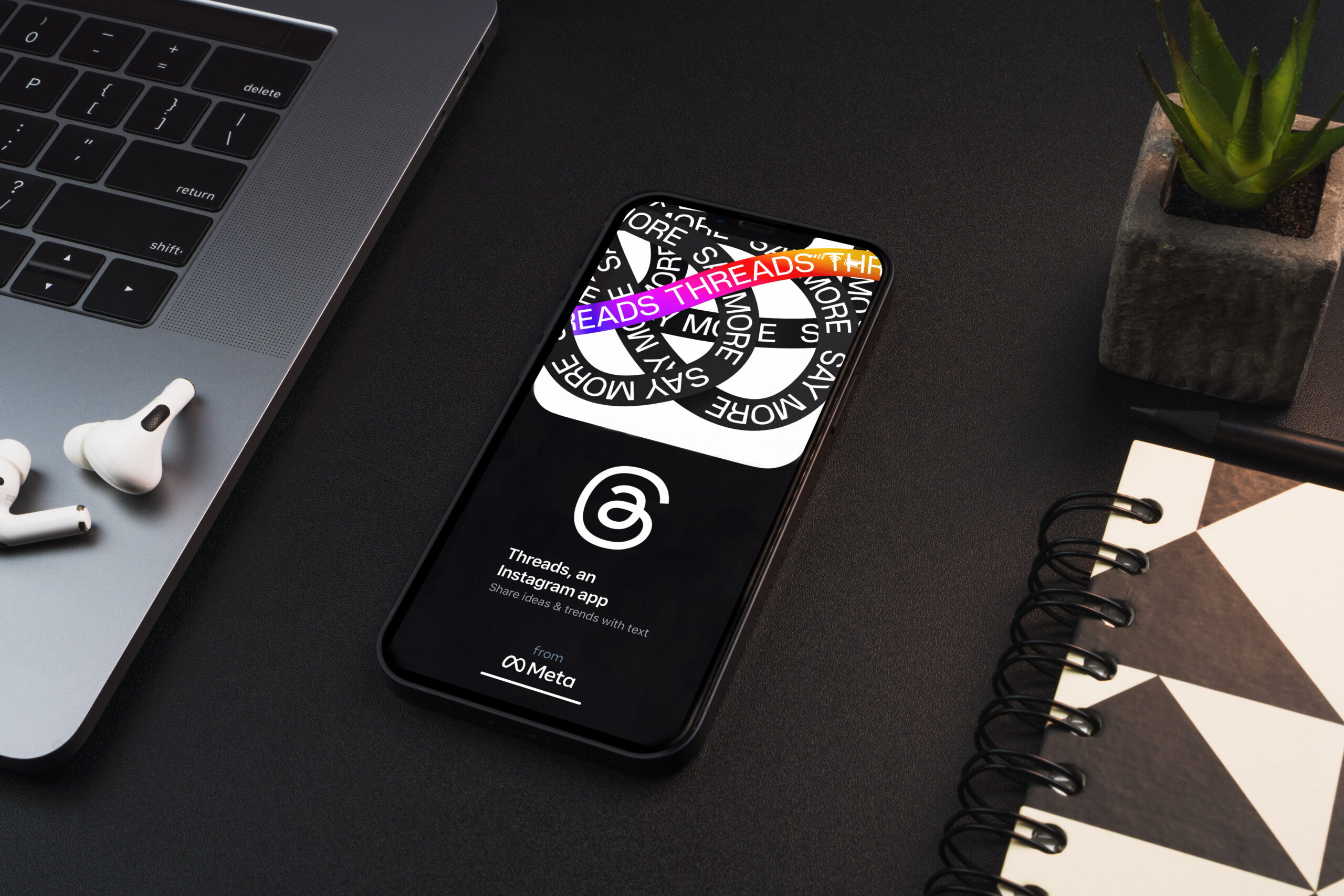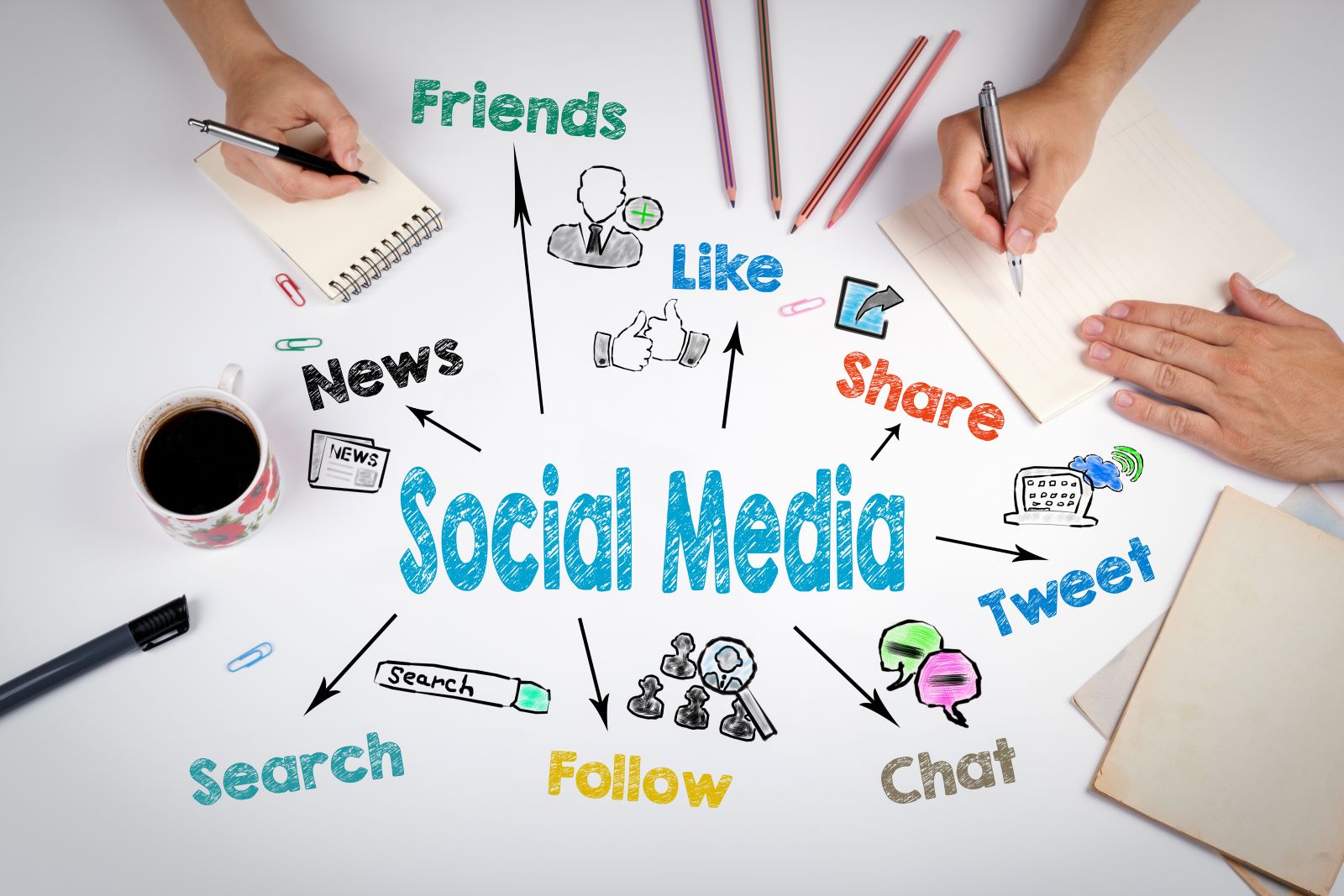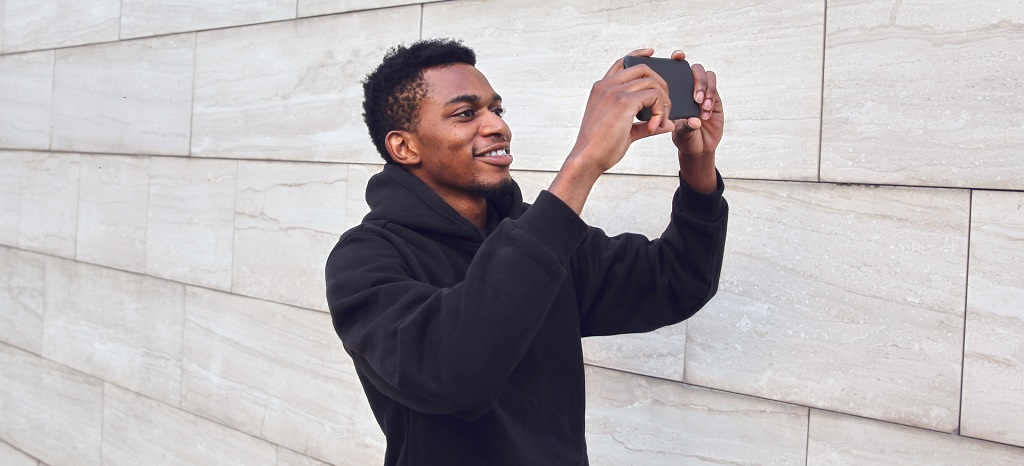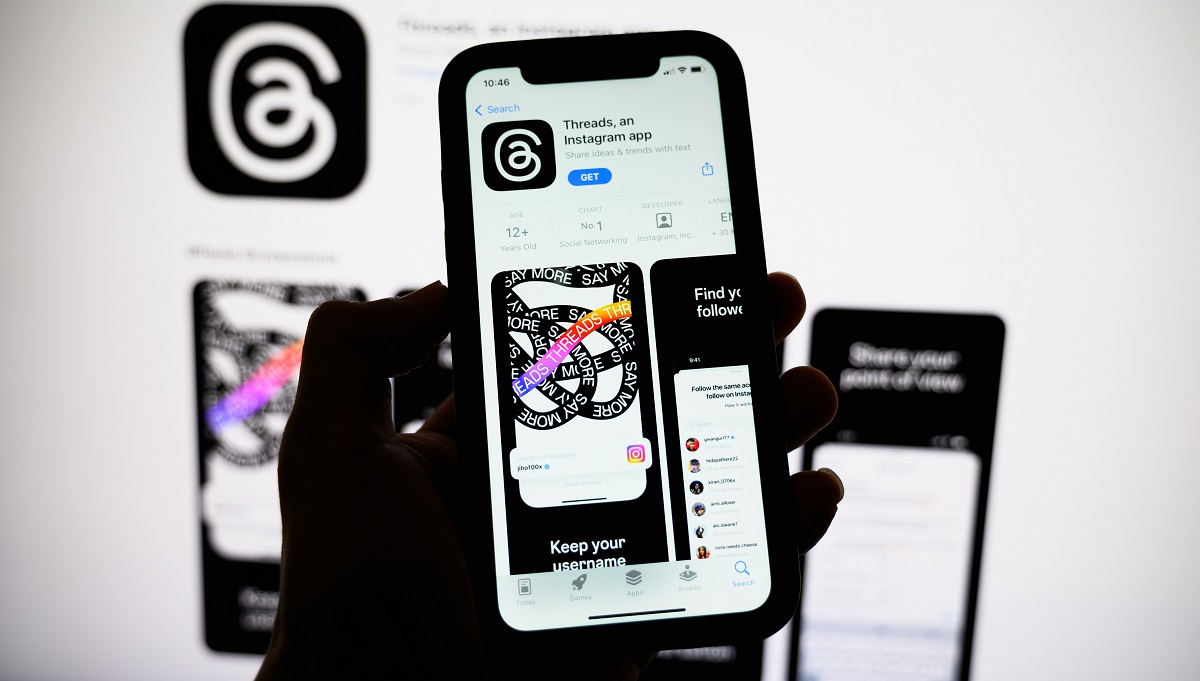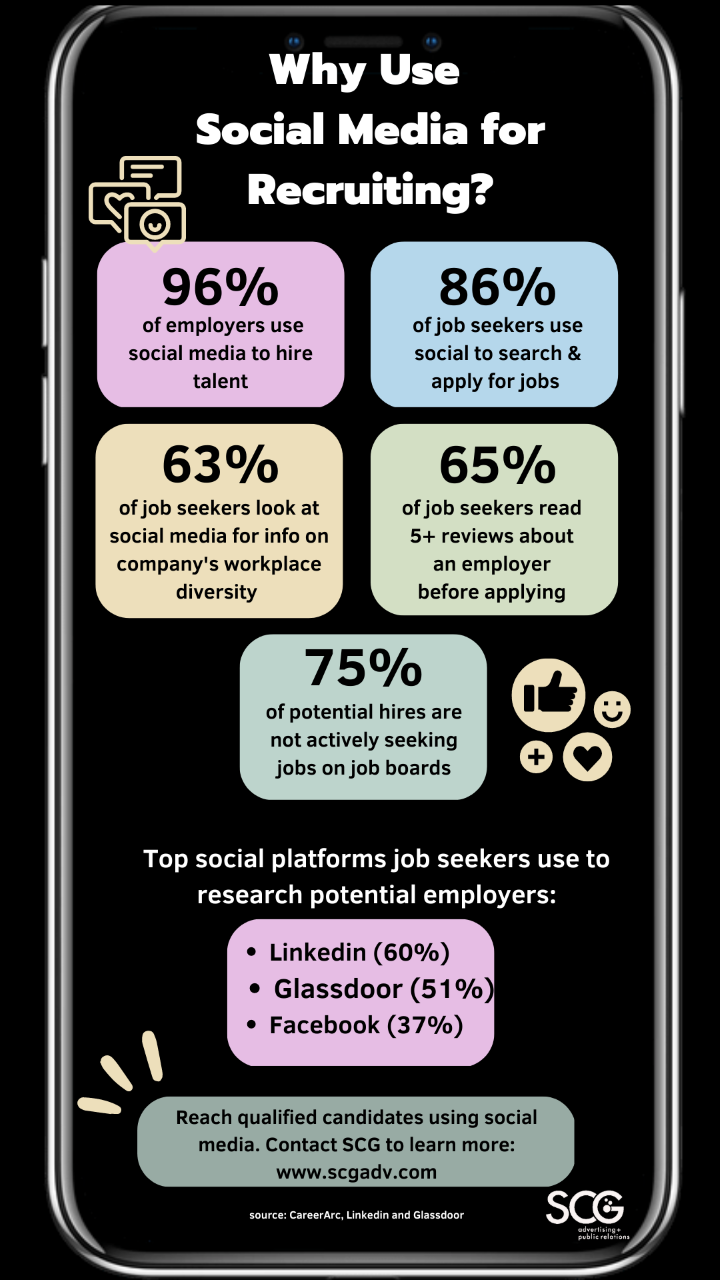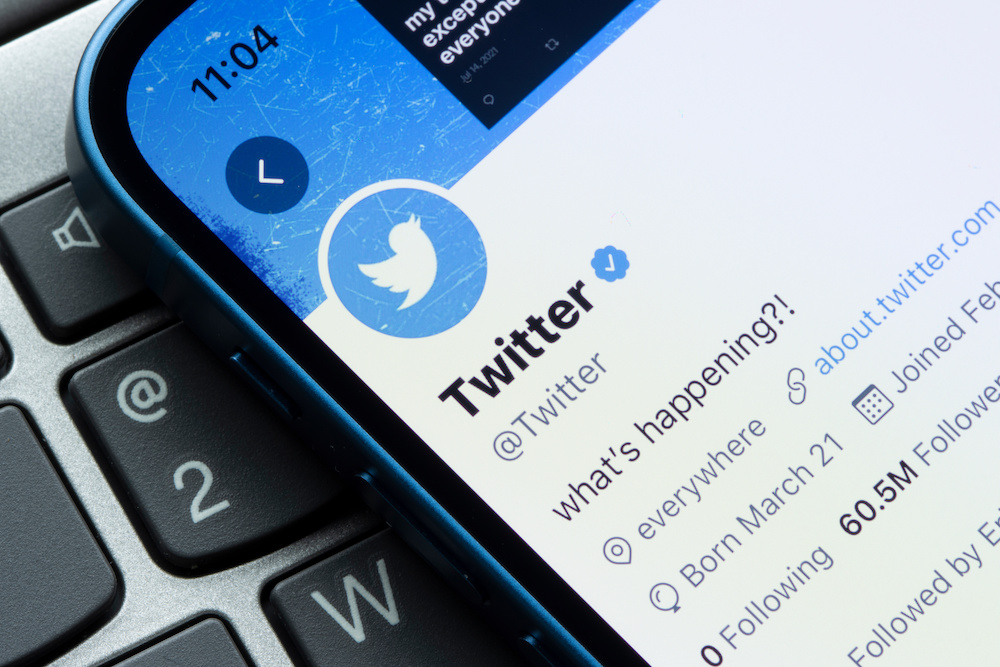
![]() Back in 1988 – when digital tech was in its infancy – November 1-7 was established as World Communication Week by the International Association of Business Communicators. Since then, this week has become increasingly important, given the rise of social media and other forms of digital communication. Even when your organization is closed for the night or for a holiday, your brand continues to be seen by consumers online. In this 24/7 digital landscape, it is important to ensure your brand is available at all times, a unique challenge brought on by the advancing digital landscape.
Back in 1988 – when digital tech was in its infancy – November 1-7 was established as World Communication Week by the International Association of Business Communicators. Since then, this week has become increasingly important, given the rise of social media and other forms of digital communication. Even when your organization is closed for the night or for a holiday, your brand continues to be seen by consumers online. In this 24/7 digital landscape, it is important to ensure your brand is available at all times, a unique challenge brought on by the advancing digital landscape.
World Communication Week has evolved into an opportunity to reflect on how we can enhance our communication skills in various facets of our lives.
Precision in the Digital Age
As communication becomes increasingly complex through digital mediums, the need for clear, precise messaging is vital. The shift to these mediums hinders the ability to express body language and tone, making precision all the more important for effectively communicating.
In response to these challenges, many organizations are turning to public relations to help ensure that their brand’s image is portrayed accurately. And, that their messages are clear and compelling. These challenges have prompted shifts in how we communicate, leading to notable trends that reflect the changes in the field.
Trends and the Rise of Short-Form Content
Trends in communication are also affected by these mediums and their limitations. It isn’t a secret that the attention span of the average consumer is lower than it was when World Communication Week was established. The rise of short form content across all platforms reflects those consumer preferences.
Visual storytelling on platforms like TikTok and YouTube are only part of it. Short messages are not only shared, but required. Due to character limits on X (formerly Twitter), Facebook, etc. This week should be used as a chance to consider how you are adapting. And, to make sure that your team is aligned on how you are approaching the task.
The Role of Public Relations in Digital Communication
As communication technology continues to evolve, the ability for organizations to communicate with confidence and clarity is more important than ever.
Public relations practitioners play a crucial role in optimizing communication for today’s digital world. They help organizations establish trust while limiting miscommunications.
About the author:
Justin Picciuto is a fall 2024 intern at SCG Advertising and PR. He is currently a senior Communication and Media Studies major at Montclair State University in Montclair, NJ.
Read more from our blog!
Interested in working with us? Reach out here.


